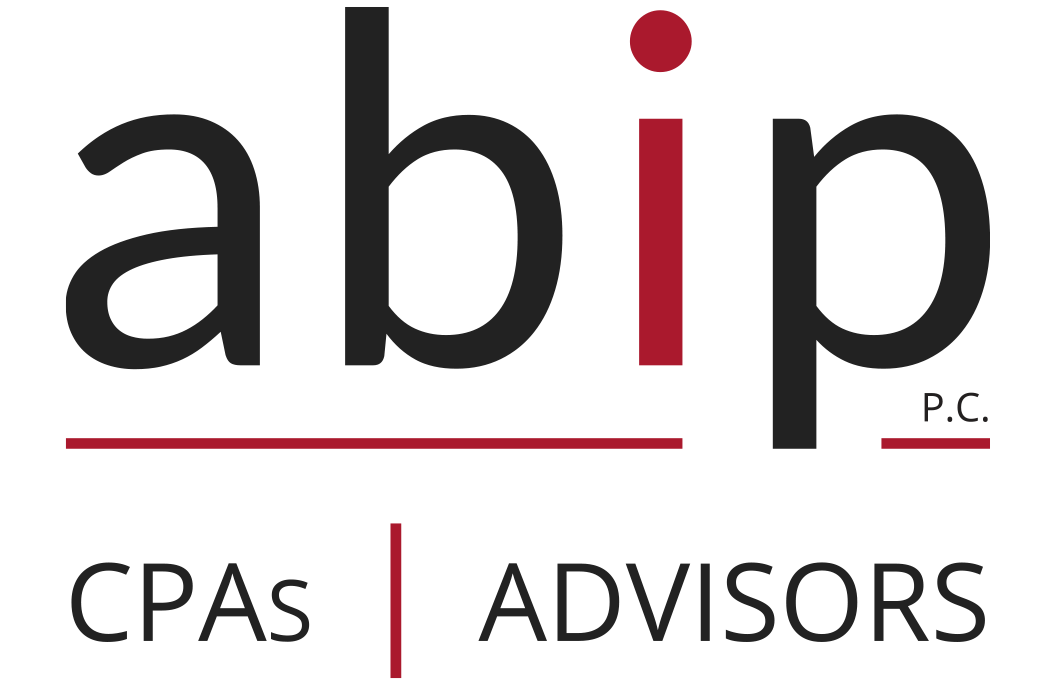When you hear of fraud, what often first comes to mind is the CEO or CFO misrepresenting the company’s books to appear favorable for investors. But according to the 2012 Association of Certified Fraud Examiners Report to the Nations, Financial Statement Fraud Schemes only account approximately 8% of the incidents of Fraud. Asset misappropriation schemes are far more common and according to the report are estimated to account for 87% of the incidents of fraud. Some instances are small and others can result in over a million dollars in losses for the company. According to the study, the median loss for this type of theft is $250,000. As a consequence, your company should become aware of the most common types of employee fraud and what you can do to prevent and detect them.
Listed below are the top 5 areas in which employee fraud most commonly occurs:
Payroll Fraud
Payroll fraud occurs in one of three scenarios:
- A fake employee is created on the company’s books and checks are then sent to them.
- Payroll agents issue excessive overtime payments.
- Failure to remove former employees from the payroll system.
To help prevent payroll fraud, start out by having someone not associated with payroll review the payroll ledger. Appropriate separation of duties is key in preventing fraud within your organizations payroll. Lastly, implement random checks of bank account numbers and addresses. This will help you determine and prevent any discrepancies within the payroll system.
Data Theft
Information found within company files and database can be very valuable in the right person’s hands. As such, it is not uncommon to find occurrences of data theft by employees. Instances of this include:
- An employee stealing critical data pertaining to the organization
- Employees providing corporate data to outside sources such as competitors.
A company can combat this by having multiple layers of security measures in place involving sensitive data. One way auditors suggest implementing this is by using multiple passwords at all levels and generating new passwords often. Furthermore, policies and procedures need to be reviewed to ensure the ability of the company to monitor employee email and to examine devices such as USB drives that are connected to company computers.
Collusion and Inflation
Another type of fraud occurs with the sale of goods. Employees can collude with third party vendors as well as misrepresent their sales figures in order to receive an increased bonus or commission. Common ways to detect this type of fraud include:
- Granting large discounts to vendors or customers
- Excessive customer credit limits
- Shipping addresses or billing addresses that are the same or similar as the employee’s
- Increases in “soft” expenses such as travel or maintenance.
Payments to vendors are higher than would be expected.
This is a type of fraud that is very difficult to detect and address because most of the time, the evidence is going to be outside of the company books and records. Probably the best method is to setup hotlines that will enable people to provide management with tips regarding fraud and other inappropriate activity. In fact, according to the Report to the Nations, tips are the most likely source of discovery of frauds of all types.
Credit Cards
One of the most common ways employees commit fraud is with corporate credit cards. Employees commit fraud with corporate credit cards by:
- Making personal purchases
- Purchasing fuel for their car that is not associated with work travel.
- Obtaining goods from vendors using false supply numbers.
To prevent improper use of the company card, establish fraud tests to find each of these. One test includes checking to see if a purchase was approved by the corporate cardholder themselves.
POs and Invoices
This type of fraud involving an employee happens when invoices and purchase orders are altered or falsified in order to cause the company to inappropriately disburse funds. An employee will send out invoices to fake vendors and then collect for themselves the corresponding check payment. Moreover, an employee also creates a purchase order for a good for their personal use. In each case, a company can prevent this from happening by having appropriate separation of duties regarding vendor invoicing. For example have a separate employee approve the invoice from the one that enters it. In addition, it is important to have controls over who can set up a new vendor in the system and who can change the vendor address.
Employee fraud can be a dangerous thing for a company both financially and internally. Serious cases can cause investors to shy away, which hurts the value of your company. Further, employees will begin to question the tone of the company. As such, it is vital for companies to take note of each of these and establish proper checks and balances to prevent them. Having a hotline established to receive tips is a critical element of a company’s fraud prevention mechanism. In addition, having regular audits performed can be very beneficial in identifying internal control weakness that can lead to fraud. A final step to consider having is an audit firm perform unannounced agreed upon procedures as the best time to find irregularities is for the auditors to show up when no one is expecting them. Simply having an auditor appearing on scene can have a preventative effect as it creates the impression that their activities are begin monitored. While there is no sure way to prevent or detect fraud, there are definitely steps you can take to lower your risk.
For more information on how ABIP can assist you in taking these preventative steps, please contact us. ABIP has professional CPA’s and CFE’s (Certified Fraud Examiners) that are very experienced in detecting these activities and how to prevent them from occurring.





